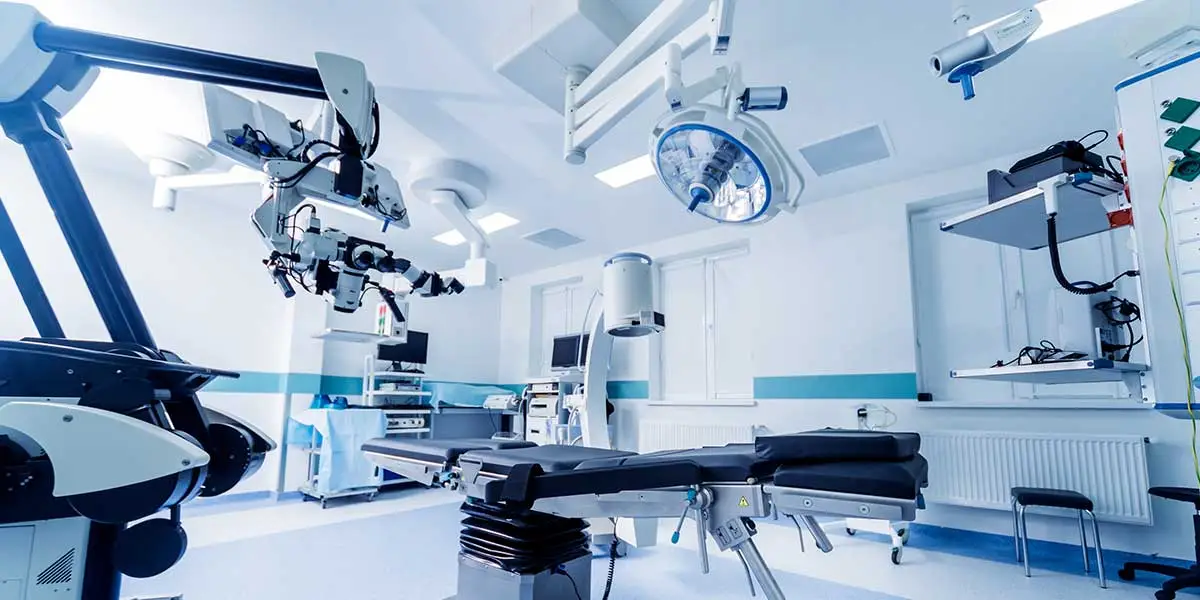
Sep 4, 2023
Blog Life Sciences Out The Other Side: The Impact of Covid-19 On Medical Devices
The far-reaching effects of COVID-19 have introduced the world to a new normal, but the biggest impact has undoubtedly been in healthcare. In the long term, it has permanently shaped the future of healthcare delivery. In the short term, medical technology was rapidly shifted to become digitalized, allowing for a more collaborative product development process and remote patient care.
The impact of the pandemic will be studied and evaluated for years to come, particularly in the medical device industry. Strategies were developed to overcome the issue of remote healthcare, including a temporary waiver of premarket notification conditions under section 510(k) of the Food, Drug, and Cosmetic Act, issued by the FDA in the USA.
Despite the challenging conditions, the global market for medical device technologies reached $639.0 million in 2021. BCC Research expects considerable market growth to continue, with forecasts predicting a compound annual growth rate (CAGR) of 7.1% to reach $953.5 million by 2027.
COVID-19 has caused a humanitarian crisis unlike any other. Due to the virus's incredible demand for ventilators, diagnostic tests, personal protective equipment (PPE), and other essential medical supplies, the MedTech sector took center stage. In addition to the steps taken to quickly increase manufacturing capacity and capabilities, MedTech leaders were forced to look outside their typical sector boundaries to investigate innovative solutions to shortages. These solutions include partnerships with businesses outside of the sector, open-source equipment design, and the deployment of medically trained staff to support public health needs.
The pandemic emphasized the need for medical devices and protective equipment, with PPE and ventilators feeling the biggest squeeze. Product companies began switching to manufacturing these devices to help ease demand pressures. In vitro diagnostics emerged as another crucial component of the medical device as health authorities across the globe concentrated efforts on testing to control the spread of novel coronaviruses. And now that COVID-19 vaccines are widespread, syringes are also in demand.
Some companies have found significant success, their coffers bolstered by the unpredicted revenue stream afforded by medical devices. However, other firms still struggle to adapt. The lesson here is that agility and adaptability are vital to taking full advantage of such an opportunity for innovation.
BCC Research’s report provides vital information about the dynamics of the market for medical devices. Providing forecast data, market sizing, regional analysis and an evaluation of the competitive landscape, the report is a comprehensive deep dive into everything players need to know about this growing industry.
Innovation has always been a cornerstone of healthcare, and recent demand shows patients need more than just products. 3D printing, especially continuous liquid interface production (CLIP), is poised to revolutionize organ transplants. Robotic surgery in telemedicine is also opening doors for remote healthcare. These advancements are set to transform patient outcomes significantly.
Clearly, advances in medical devices are abound, which could make significant headway in:
Going forward, smaller, specialized companies are likely to attract attention by developing new products. They may require help with production, marketing, and sales to keep costs down while innovating. Prioritizing patient benefits is vital, with a shift towards greater value and demand.
Consider becoming a member of the BCC Research library and gain access to the full scope of reports in the medical devices category. Get in touch today to find out more.

Olivia Lowden is a Junior Copywriter at BCC Research, writing content on everything from sustainability to fintech. Before beginning at BCC Research, she received a First-Class Master’s Degree in Creative Writing from the University of East Anglia.
In today’s fast-paced biomedical world, researchers and pharmaceutical companies...

Radiopharmaceuticals represent a cutting-edge frontier in modern medicine, offer...

Implantable Remote Patient Monitoring (IRPM) devices are revolutionizing healthc...

We are your trusted research partner, providing actionable insights and custom consulting across life sciences, advanced materials, and technology. Allow BCC Research to nurture your smartest business decisions today, tomorrow, and beyond.
Contact UsBCC Research provides objective, unbiased measurement and assessment of market opportunities with detailed market research reports. Our experienced industry analysts assess growth opportunities, market sizing, technologies, applications, supply chains and companies with the singular goal of helping you make informed business decisions, free of noise and hype.